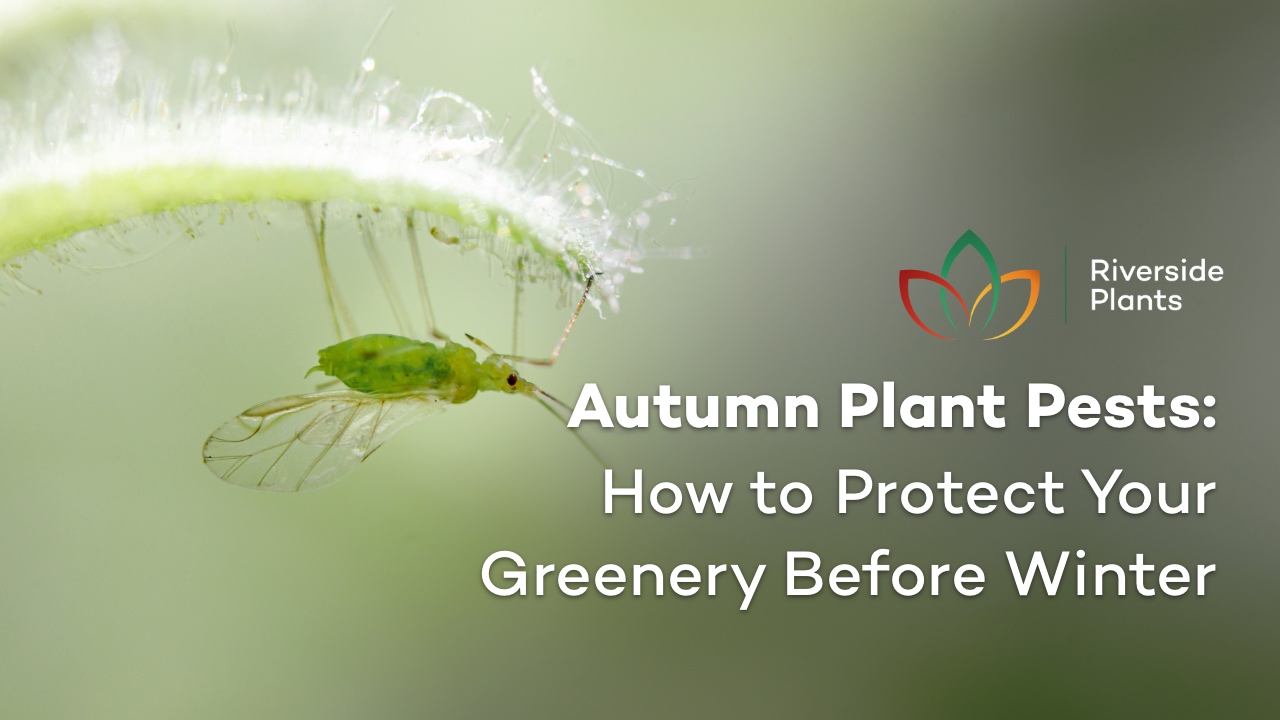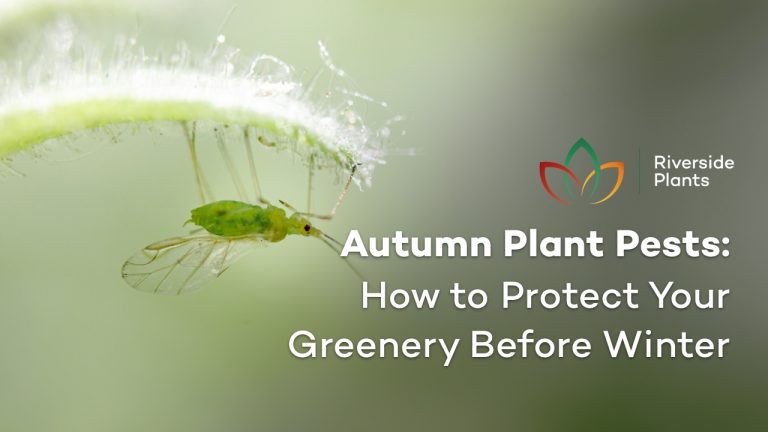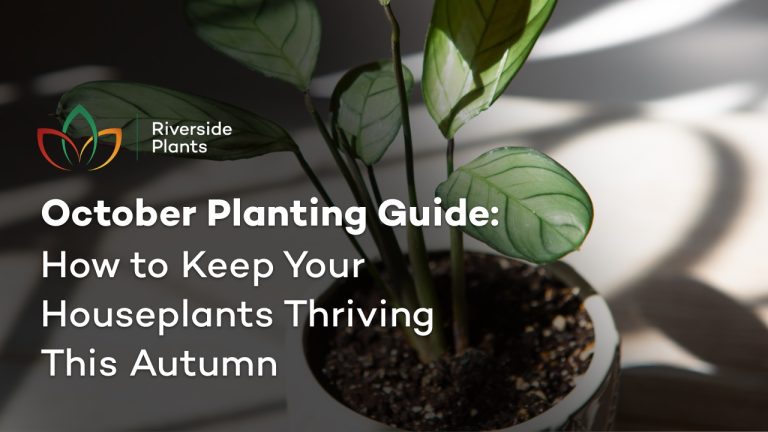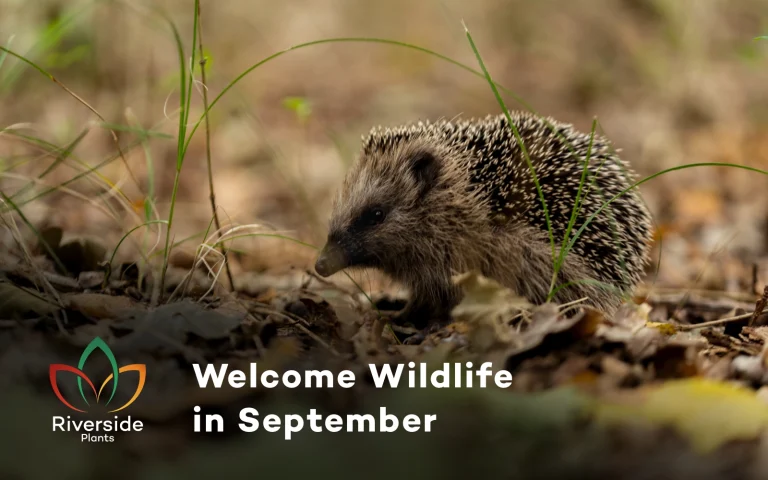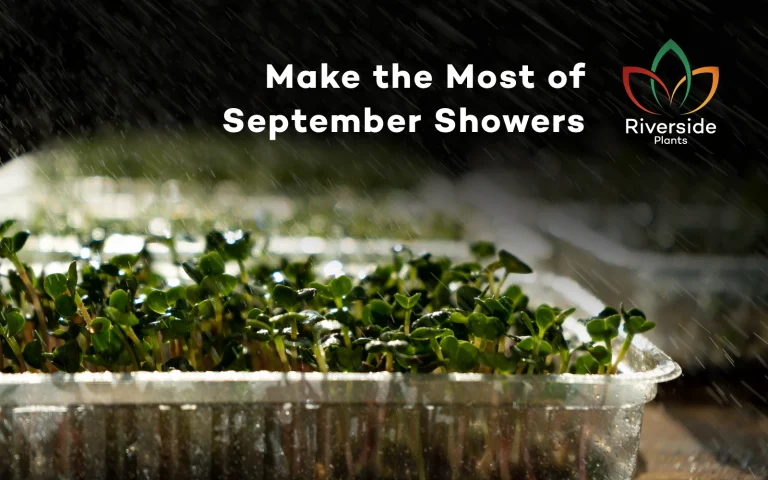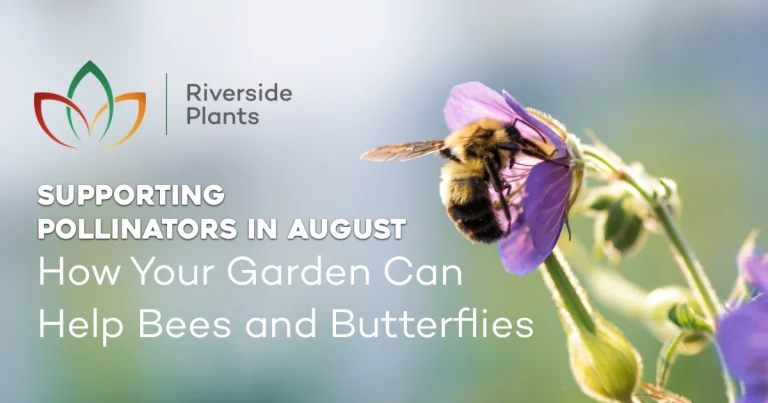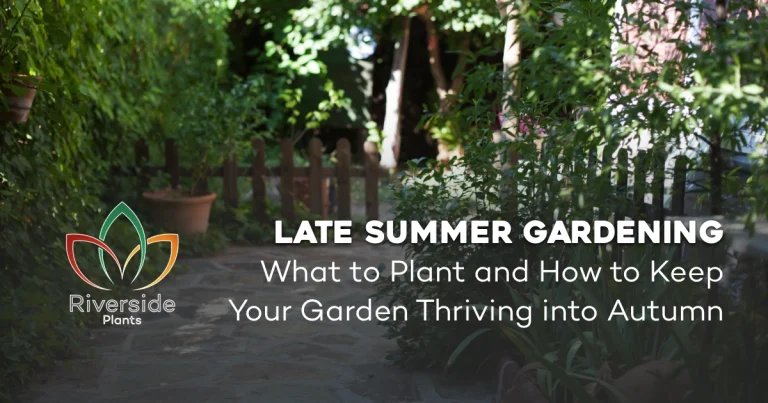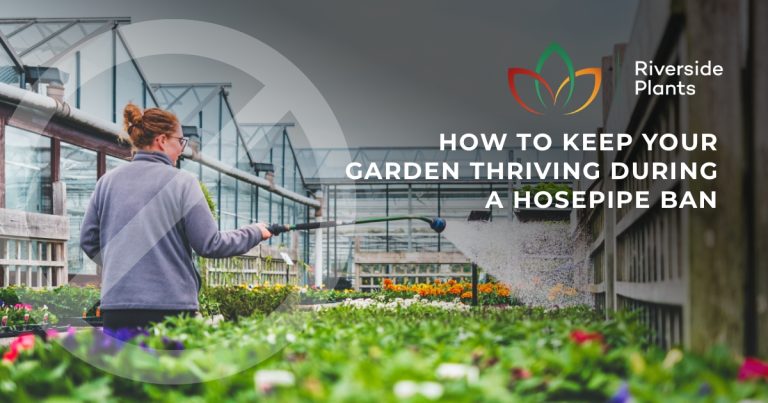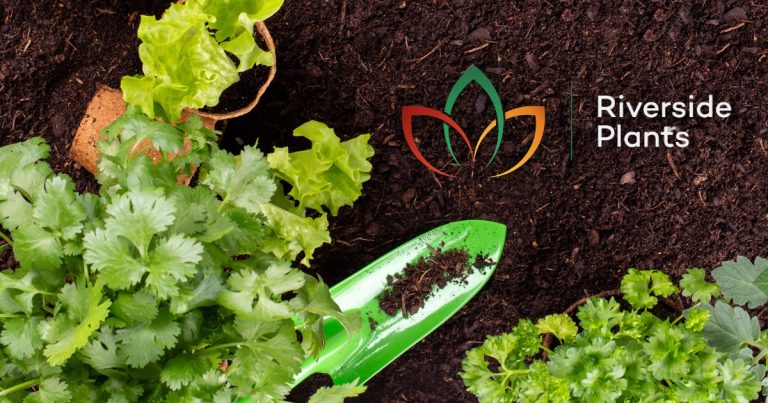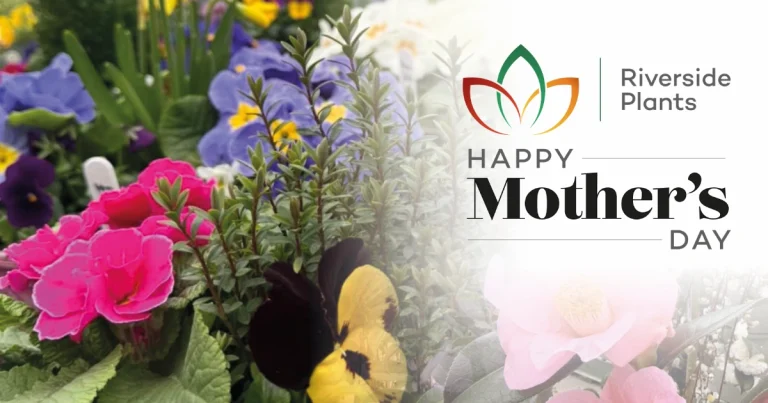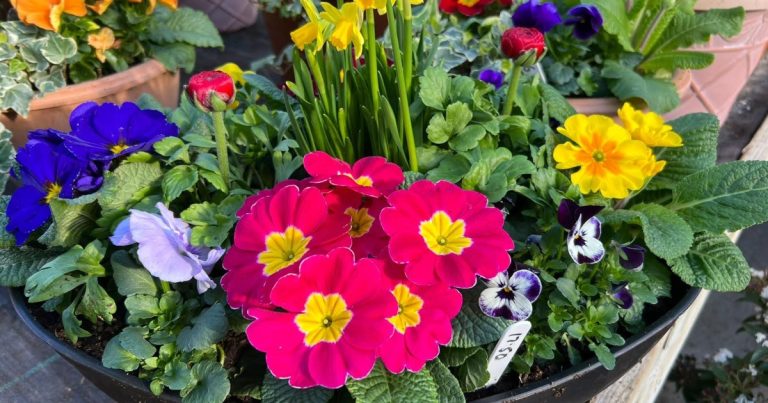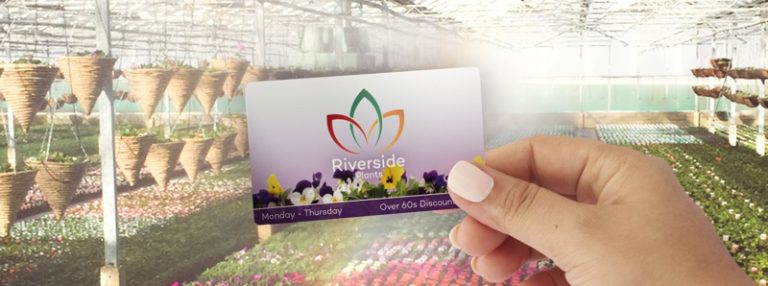As autumn sets in, your garden and houseplants begin to slow their growth in preparation for winter. Unfortunately, it’s also the time when many common plant pests make themselves at home. With less natural light, increased indoor heating, and more time spent indoors, your plants become an easy target for unwanted visitors.
Taking early action in October can prevent infestations and keep your greenery healthy all winter long. Here’s a comprehensive guide to identifying, preventing and managing the most common autumn plant pests.
Why Plant Pests Thrive in Autumn
Many gardeners assume that pests disappear as the weather cools – but the opposite can be true. When outdoor temperatures drop, many insects look for warmer, more stable environments. Your indoor plants or sheltered garden spaces offer exactly that.
Key factors that make autumn ideal for pests:
-
Reduced airflow indoors creates a more stable, warm environment.
-
Increased heating systems cause drier air, which certain pests thrive in.
-
Plants are more vulnerable as growth slows, making recovery harder.
-
People often water less accurately or move plants indoors, inadvertently bringing pests with them.
Proactive care in October can save you from larger pest problems during the colder months.
Common Autumn Pests to Watch Out For
Aphids
Tiny, soft-bodied insects that cluster on new shoots, undersides of leaves, and stems. They feed on sap, causing curling or yellowing leaves.
-
Favourite hosts: Soft-leaved plants and herbs.
-
Warning signs: Sticky residue (honeydew), deformed leaves, visible clusters.
Spider Mites
Extremely small, often invisible without a magnifying glass. They thrive in warm, dry air and create fine webbing on leaves.
-
Favourite hosts: Rubber Plant (Ficus elastica), Calathea, Monstera.
-
Warning signs: Tiny speckles on leaves, pale patches, or light webbing.
Fungus Gnats
Small, black flies that hover around the soil surface. While adults are a nuisance, their larvae can damage plant roots.
-
Favourite hosts: Overwatered indoor plants.
-
Warning signs: Tiny flies around the pot, soggy soil, weak or yellowing leaves.
Mealybugs
White, cottony pests that often hide in leaf joints or under leaves. They suck sap, weakening plants over time.
-
Favourite hosts: ZZ Plant (Zamioculcas zamiifolia), succulents, and ferns.
-
Warning signs: Sticky residue, slow growth, visible clusters in crevices.
Scale Insects
Small, shell-like bumps on stems and leaves that don’t move – but cause significant damage over time.
-
Favourite hosts: Woody houseplants and climbers.
-
Warning signs: Yellowing leaves, stunted growth, sticky honeydew on surfaces.
3. How to Prevent Autumn Pest Problems
Inspect Before Bringing Plants Indoors
Many infestations start when outdoor plants are brought inside for winter.
-
Check under leaves, stems and soil for insects or eggs.
-
Wipe leaves gently with a damp cloth.
-
Isolate plants for at least a week before placing them near others.
Keep the Environment Balanced
-
Avoid overwatering – soggy soil attracts fungus gnats.
-
Increase humidity for tropical plants to discourage spider mites.
-
Maintain good air circulation to make conditions less pest-friendly.
Regular Leaf Care
-
Clean leaves monthly to remove dust and potential eggs.
-
Prune away damaged or dead leaves.
-
Rotate plants regularly to encourage airflow and even growth.
4. Natural and Effective Control Methods
Neem Oil
A natural pest deterrent and treatment. Mix with warm water and a few drops of mild soap, then spray on affected areas. Works well for aphids, mites, mealybugs and scale.
Sticky Traps
Useful for fungus gnats and flying insects. Place near the soil surface to catch adults before they lay eggs.
Manual Removal
For mealybugs and scale, gently wipe affected areas with a cotton bud dipped in diluted neem oil or rubbing alcohol.
Beneficial Insects (for greenhouses and gardens)
Ladybirds and lacewings are natural predators for aphids and mites. Introducing them outdoors can help maintain balance naturally.
5. When to Consider Repotting or Isolating
If pests are persistent despite treatment, the problem may lie in the soil or root zone.
-
Gently remove the plant from its pot and inspect the roots.
-
Replace infested soil with fresh, sterile compost.
-
Thoroughly clean the pot before reusing it.
-
Keep the affected plant separate from healthy ones until the issue is resolved.
6. Seasonal Maintenance Tips
-
Create a weekly pest inspection routine.
-
Wipe windowsills, shelves and surrounding surfaces – pests can hide nearby.
-
Use well-draining compost to prevent overly damp conditions.
-
Store unused compost properly to avoid attracting fungus gnats.
-
Reduce fertiliser during autumn to prevent soft new growth that attracts pests.
Final Thoughts
Autumn is a beautiful and essential season of transition, and it’s the perfect time to get ahead of potential pest problems. By making a few careful checks now, you can protect your plants before winter sets in.
A little vigilance goes a long way: clean leaves, balanced watering, and a regular inspection routine will keep your greenery strong and resilient.
At Riverside Plants, we offer natural pest control products, expert advice, and everything you need to keep your houseplants and garden thriving through the colder months. Visit us this October and get your plants winter-ready.

